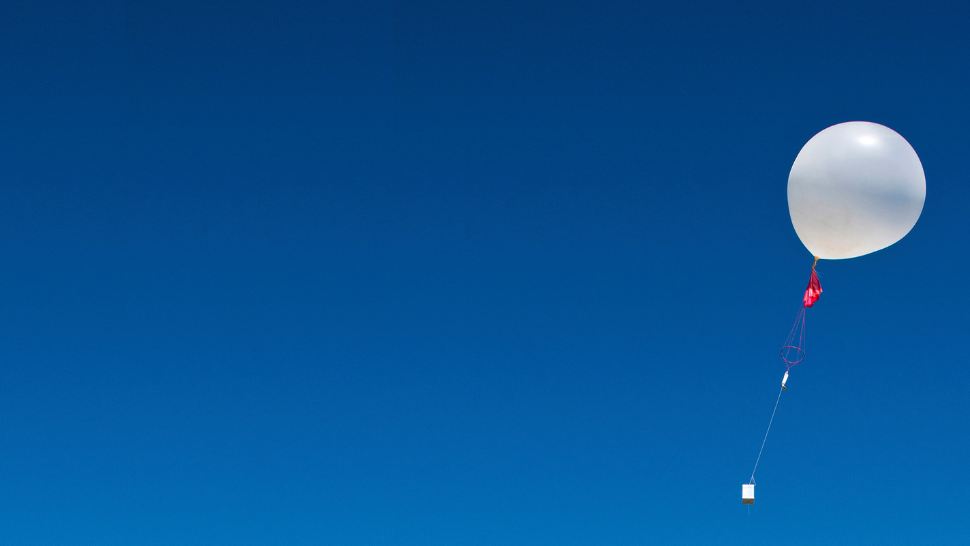John Tolley, August 7, 2019
Quick, what are the highest-flying organisms on Earth? Birds? Bugs? Nope.
Believe it or nope, but it?s bacteria. Turns out that the upper reaches of our atmosphere are teeming with colonies of airborne microorganisms, and it is theorized that they may be having a direct effect on our weather patterns and climate.
The bad news is that very little is known about this slice of bacterial life. Conventional aircraft can access the troposphere, which lies from the surface of the earth up to 12 miles out, but are expensive to operate. Additionally, their turbulence can disturb and contaminate samples. And with signs of bacterial life found even in the stratosphere that may give rise to ice crystal formation, it is crucial to understand where and why these colonies exist.
For those reasons, a University of Maryland student is turning to a decidedly unadvanced technology to offer researchers an effective - and low-cost - method for sample collection: weather balloons.
Biological sciences senior Caitlyn Singam is designing a system that can be gently carried aloft by the balloons - usually filled with hydrogen or helium - into the upper reaches of troposphere.
Speaking with Maryland?s Clark School of Engineering news service, Singam explained that her use of weather balloons is in an effort to allow researchers of any means relatively unfettered access to an important research field.
?The long-term goal is to democratize the science involved, so that people can collect longitudinal data from anywhere, across the country and across the world, about different microbiological profiles of the atmosphere, to see what sorts of things live at various altitudes and to determine whether that changes based upon the geography of the region below.?
Singam?s sampling device consists of two chambers. In the upper chamber, sampling dishes made from common, affordable materials collect and contain the bacteria. Underneath lie the sensors and microprocessors necessary for contamination-free analysis of the samples.
Singam has already launched a promising test flight of the device and she is now working with a Japanese company to develop a control test of the device. For more on her efforts and the importance of this research bridging biology and aerospace, please check out the Clark School?s full article here.







